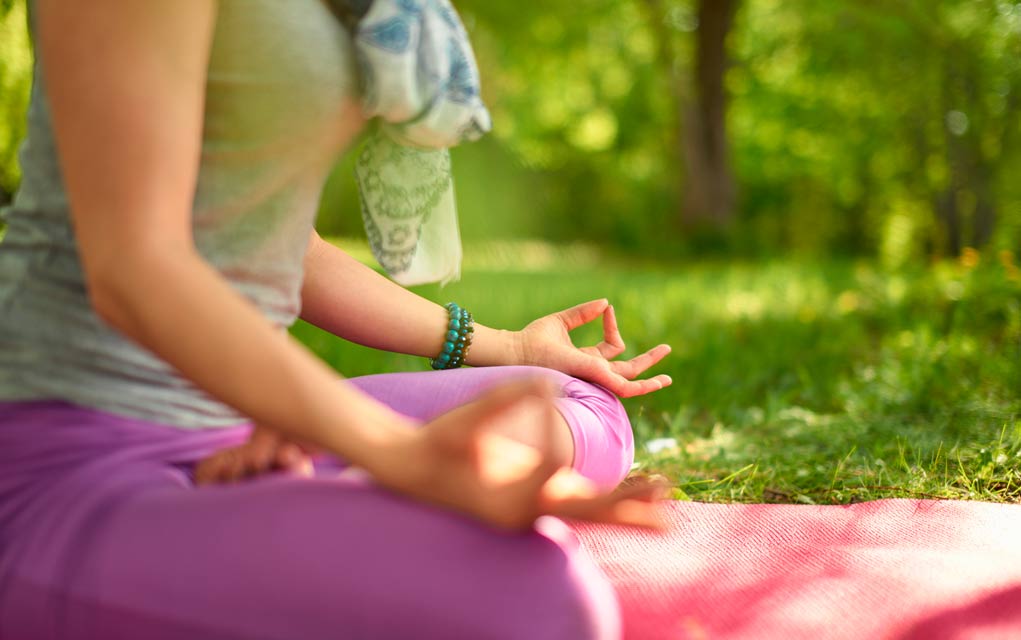“Are you not entertained?” Russell Crowe asked that question of the crowd gathered as he slaughtered opponents in his Oscar-winning role as Maximus in Gladiator. For Americans trying to get by on minimum wage, your response to the gladiator who defied an emperor might be “no.”
Entertainment doesn’t have to be a fight financially speaking. Here’s an entertainment list that works for any budget.
TV Time
Let’s assume that between you and however many roommates you have to survive on minimum wage there’s a television and internet service. One of the least expensive options to watch shows and movies is Netflix. For only about $8 per month you get massive amounts of TV and Netflix Originals such as Orange is the New Black, House of Cards, The Crown, Stranger Things and more. That’s a lot of shows.
Another option for watching TV and movies is streaming from your phone to the TV. Connect the USB to HDMI to your phone. Then plug into the USB to HDMI cord and connect to power. Plug the other part of the HDMI to a television port. Change TV setting to HDMI and any shows that you stream on your phone will appear on the screen. There are plenty of websites with free TV and movies. For the cost of a few cables, you can watch just about anything.
Visual Arts
People working in the visual arts understand financial struggles all too well. That’s why many collaborate and set up monthly gallery and studio nights. These gatherings of arts lovers are generally held on weeknights to increase traffic. In many places, museums participate as well and admission to all this art is usually free of charge.
Cities such as Providence, RI, run guided tours on the third Thursday of each month and include renowned spaces such as the RISD Museum. Savanah, GA, holds an open-air art walk on the second Saturday of each month that includes the Savanah Gallery and SCAD Museum, among many others. You’ll find that many communities are invested in a free night of visual arts. They’re also terrific social events because people come out en masse. Don’t be surprised if you run into some excellent music or complementary wine and cheese offerings during a gallery night. It’s kind of a monthly art party.
Free Live Music
There’s a stigma that exists in the live music industry that free music is generally not good music. To some degree that may be true. Off-night solo artists and bands are often in the early stages of honing their craft. But, on the other hand, plenty of more refined artists play at free gatherings for a variety of reasons. Cities and towns host free concerts to give back for all the hard-earned tax dollars they squander. And, you might be surprised at how some indie knowledge can lead to awesome festival experiences. Consider these three tips.
1) Open Mic Night
Many people view open mic as amateur night and a way for a bar or coffee shop to generate traffic. To some degree that is true. But look for long-established or genre-specific open mics and you may find a niche that suits you. Look for hip hop open mics. These often have a host or headliner. Sometimes established recording artists drop in to make a splash. Bluegrass open mics often draw folk singers, country music and old timey musicians. Spoken word nights draw a mix of street poets, hip hop artists performing a cappella and stand-up comics. They’re hit or miss but always interesting.
2) Live, Free and In Concert
The best town or city-run free outdoor concerts tend to be geared toward cultural diversity or local performers that “made it” in the music biz. They tend to run during the good weather at outdoor spaces. It’s common for them to host genres such as zydeco, rock or blues with an eye toward being family friendly. You’ll be able to catch a few excellent touring acts on these bills. Small towns, with smaller budgets, tend to book B-artists and cover bands. They might not have radio play, but they’re often fine musicians.
3) Big Fest, Low Dollars
The granddaddy of them all is the large, multi-day music festival. Tickets are generally expensive and the minimum wage crowd often feel priced out. Don’t be. Let’s look at one of the country’s most famous music festivals and explore the low-budget aspects.
Austin’s SXSW music fest runs for 10 days every March. Prices range from $825 to more than $1,500, without room or travel. But that isn’t necessarily a financial barricade. Load up a cooler with grocery items and make the road trip anyway. When you arrive at SXSW, you’ll find that there are many free events and cheap side concerts.
On Day 1, expect to find a few “unofficial” parties. In 2016, NPR held one that included top-level music acts, as well as food and drinks for the bubble. Keep an eye out for corporate-sponsored, “unofficial” events. These are often free or cheap and businesses are looking to make a splash. Jack White and Kanye West, among others, have played these in the past for sponsors such as Spotify, Miller and other industry giants.
The indie scene will also generate a tremendous amount of “house parties” and free bar concerts on the periphery of SXSW. They’re the breeding ground for future A-list artists to get in front of industry professionals who definitely check them out. These gathering turn into who’s-who nights because plenty of A-listers take in the new sounds and artists. Basically, if you can scrape together enough money for food and gas with friends, festivals like SXSW are an incredible experience.
The arts community tends to be open to people living with meager salaries. Enjoying a culturally rich lifestyle on minimum wage may simply require you to take the road “less traveled.”
















